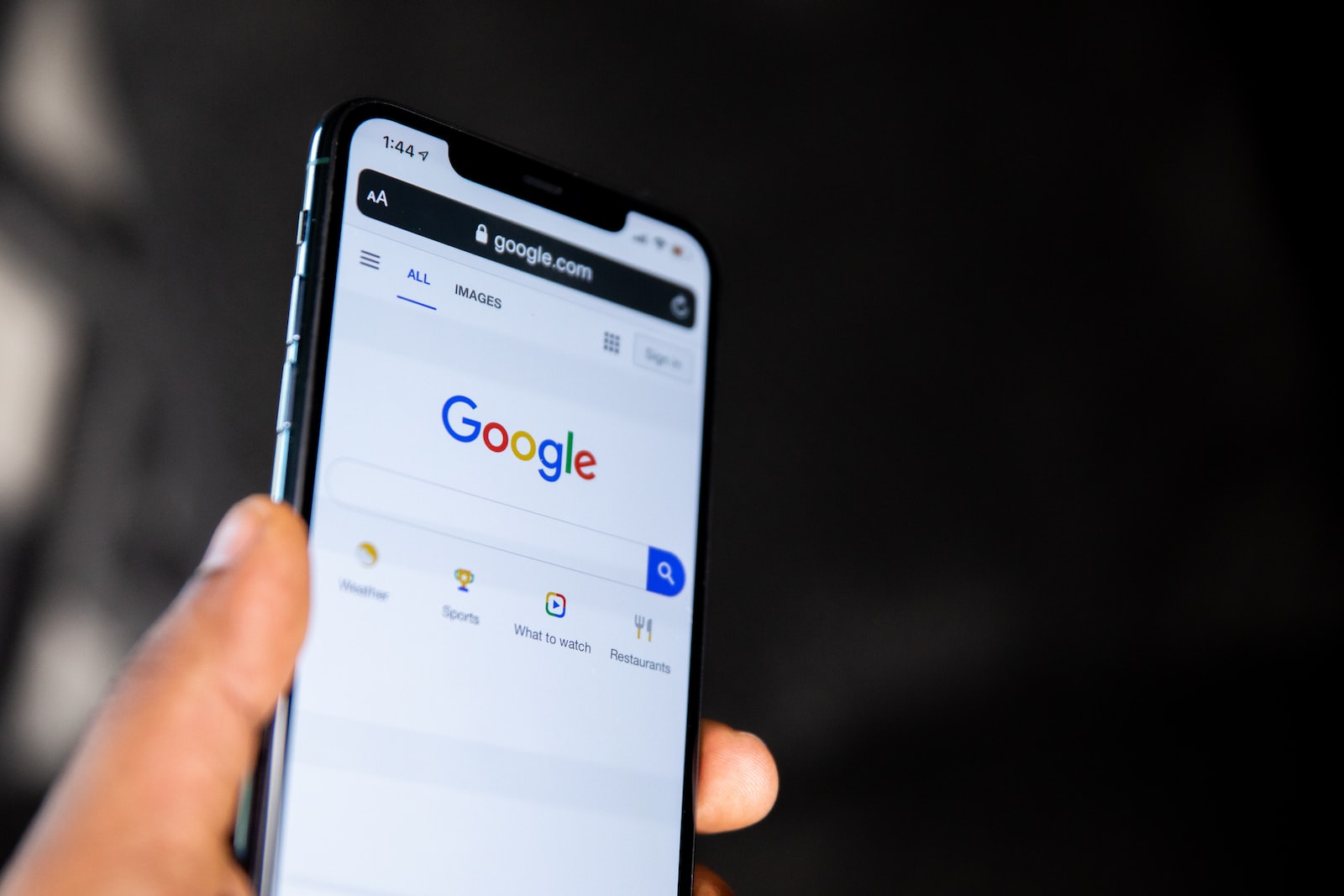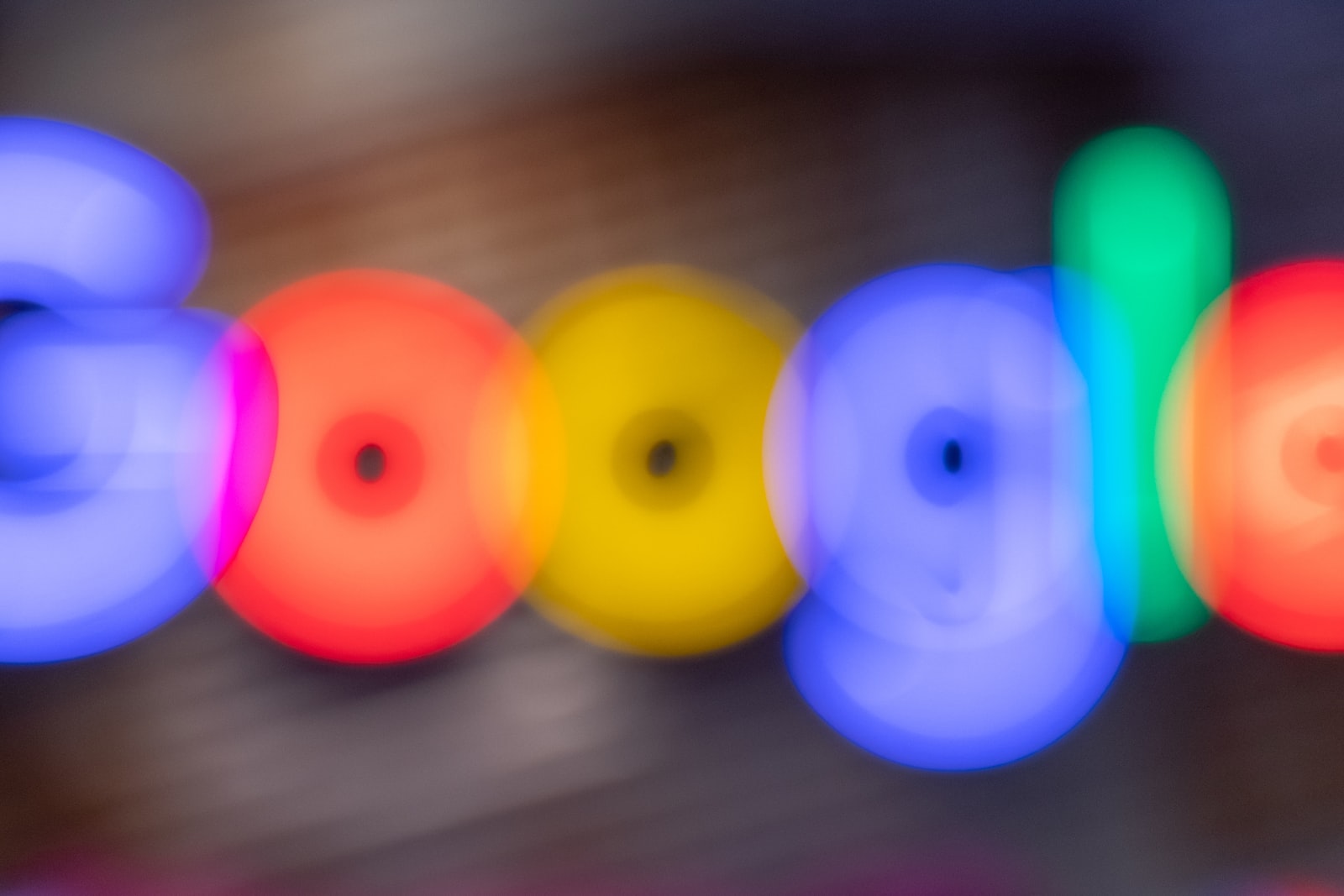There are so many contradictory and outdated advices out there when it comes to web design that it can be daunting to navigate the world of web design.
How many times have people advised you to follow the 3-Click Rule? It requires users to reach the desired content in three clicks. According to the Nielsen Norman Group , no research supports the 3-Click Rule . It’s just an assumption, the web’s equivalent to urban myth.
Effective web design will be a reality in 2022. There are some things you should know. We’ll be sharing the most critical points so you can create websites with confidence.
Do: Use design patterns
Design patterns sound complicated. It is simply copying well-known, standard approaches. Jakob’s Law states that most people spend their time on other websites, so they will be able to understand your site more if it is similar.
Your site can’t be made identical to any other. Therefore, it is up to you to choose the design patterns that will best suit your target audience.
The most well-known design patterns are placing the logo at the top left corner of the viewport, underlining the links and placing important information like shipping information in a footer.
Do: Make it inclusive
Inclusive design believes that the web can be used by everyone. This hasn’t been the case for a long time. It was not common for sites to exclude certain demographics in order to lower development costs a few years back.
It is illegal to exclude anyone from your website. It’s illegal in many countries. Perhaps more important, you lose 5% of your profits by excluding 5% users.
It has never been easier for everyone to be included. Make your website responsive to ensure it is accessible from all devices. To ensure everyone is welcome, you should follow accessibility guidelines. Be open to listening to your users and adapting to their needs.
Do this: Keep it simple
As a web designer, you’ve probably seen the most innovative websites as a web designer. Many of the most innovative designs are often designed by other designers. A portfolio site is not the same as a convenience store.
99 percent of the time, the simple choice will be the best. The majority of people don’t care about a unique design. They are interested in completing a task. The more effort required to accomplish the task, the better.
Navigation is often complicated. Use simple, hierarchical navigation to start with a logical structure.
Do Keep Your Eyes on the Prize
Every website has goals. This could be profit, promotion, utility, or any combination thereof. Every page of the website should have a single goal.
Hick’s Law states that more options mean that a decision takes longer. The Goal-Gradient Effect states that customers are more likely to complete a task if they are closer to it. Combining the two will increase the likelihood of customers completing a process by having one CTA (call-to-action) on a page.
Navigation, links and secondary goals are acceptable, provided that each page serves a clear purpose.
Do: Make sure your UI is consistent
Consistency is often called the hallmark of quality. This means you pay attention to detail. Consistency is more than just giving a positive impression. An excellent UX (user experience) requires consistency.
As they navigate your website, users learn how to navigate it. As they use your website, they become familiar with the ‘rules’ and logic. Consistency in your user interface (UI) will help them learn faster and feel more confident.
The consistency test is often failed in areas such as the corners radius of boxes, style of links and tone of writing.
Do not ignore aesthetics
Design doesn’t have to be about usability studies or relying on design patterns. Design should be beautiful.
Beauty can be seen as superficial and unimportant. The Aesthetics-Usability Effect says that customers are more likely to view a visually appealing website as useful.
A beautiful design is a highly-converting design.
You can ensure that your design looks beautiful by paying attention to the typography hierarchy and colors scheme.
Do not: Wait for users
It is not a wise idea to make users wait. As technology improves, so do user expectations.
Your website should load in less than a second, and be interactive within two seconds. If you don’t, customers will return to their search engines and choose one of your competitors.
Your site’s speed is not the only thing that can cause delays. Customers need to be able to find the information they are looking for quickly and easily. It is not necessary to hide it in multiple places on your website. Users will leave your site as quickly as they did if they are unable to navigate or find the right structure.
Users lack patience.
Do not Block the Screen
It is amazing to see how many web designers block users from accessing content on websites.
Newsletter subscription offers are the most popular culprit. If a customer hasn’t seen your products, how can they decide if they want to sign-up for your newsletter? Allow the customer to browse your website and then offer them a subscription to your newsletter.
Cookie notices are another common problem. To be on the safe side, most sites require a small cookie notice. Yet, they display a site-blocking modal that is as large and intrusive as the cookie notice.
Do not: Don’t leave content until the end
Content is often left until the last minute. It’s difficult. We don’t have to be able to write engaging, persuasive sales copy just because we read and wrote as children.
While content is essential for SEO (search engine optimization), it is even more critical for CX (customer experiences).Three major mistakes are made by most websites when it comes to their content.
Unbalanced copy is a mistake. This means you need to write 25 words about your flagship product, and 5,000 words about the company’s history.
The second mistake is to write for the company and not the customer. This means that content should be organized around the company structure and not customer tasks.
Three is not enough content. Text walls can be a deterrent. Write short, concise snippets to keep customers interested.
Don’t try and be original…
Try to be kind.
This quote comes from Paul Rand, the giant of twentieth-century design.
This boils down to: Originality is all about you and quality is all about the website. Designers who are serious about their work more than their reputation.





